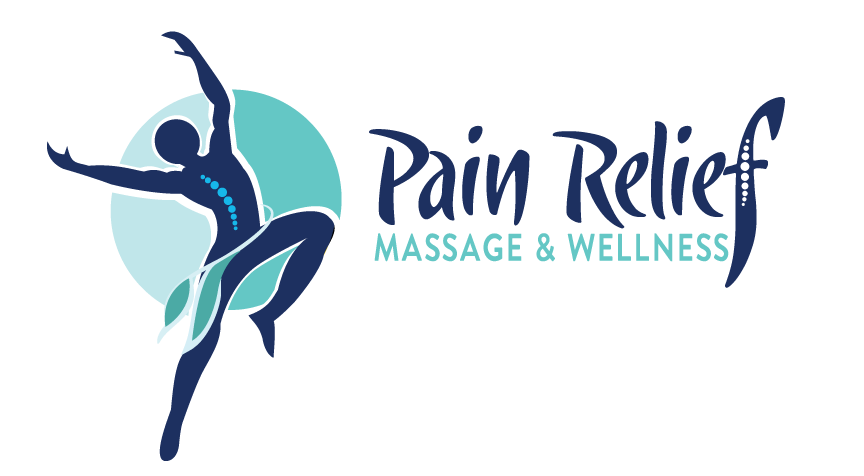Why You Need Your Pecs Worked On
For years I've performed chair massage at numerous places of business. The number one complaint most of my clients had were neck & shoulders. Like 85% of office workers generally had shoulder & back pain. The pain spots were generally right at the base of the neck or in the shoulder blade region. Why did most of my clients present with the same type of symptoms? Because their pectoral muscles were tight.
Look at that picture above, that's what most people look like when they are working the typical office job for 8-10 hours each day. In my experience, I would switch around the low back & shoulder pain percentage as I see more neck, upper back & shoulder pain from hours of sitting in front of a computer. So how are the pectoral muscles involved? How do they cause pain in the upper body? First lets go over where the pectoral muscles are located and their function.
The pectorals are 4 muscles that span the front of the rib cage and connect the bones of the arm & shoulder. The two muscles that make up the bulk of the pectorals are the pectoralis major & the pectoralis minor. These muscles predominately control the arm and help with deep inhalation. They also drive the shoulders forward in flexion. When someone spends hours in forward flexion like they do at a office job, that's when pain symptoms begin to occur.
Remember that first picture? Look at that posture. Neck is in forward flexion, shoulders are forwards, and arms & hands are in front. After prolonged periods of time, the pecs become shortened and restricted. Weeks, maybe years go by before there's consistent tightness with neck, shoulders, or back. The pectorals get tight, which in turn pull the shoulders forward while also pulling on the anterior neck muscles. In turn, those anterior neck muscles pull on the back of the neck along with the shoulders that are pulled from the front. All of that flexion from the front ends up causing pain in the back.
Many of my clients will ask "if it's so tight in the chest muscles, why don't I feel it there?" Because those muscles are big & bulky. Generally the bigger the muscle is, the more likely it will refer pain elsewhere. Most of these clients were not even aware how tight and sensitive the pecs were until I started working on them. It's just like the gluteus muscles of the butt, they generally are responsible for low back & leg pain.
If the pecs are super tight, they may cause breathing restriction. I've been able to help several clients that couldn't take "a full breath" because their pecs were tight. Of course, there is other muscles that assist with breathing, but the pectoral muscles are a major player in this.
So how would I massage the pectorals? For females, the breasts are draped and I would work on the muscles just under the collar bone. Sometimes I need to work on the sternal attachments which are at the breastbone. I may also need to work on the ribcage just beneath the breasts. Of course, permission will always be asked before working in either area. Males will have the option of having me work over sheet or undraped. These muscles should always be worked in some capacity if you have upper body pain.
It is always a good idea to stretch your pecs out too. Especially if you work at a computer 5 days a week. If you see a massage therapist that doesn't work on your pecs and you have shoulder & upper back pain, then I suggest you tell your therapist to start working there (at least for a few minutes). Either that, or start shopping around for a new therapist. Those pecs need to be taken care of!


